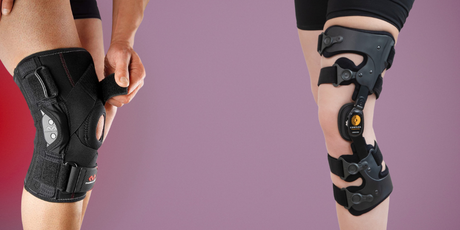When lymphatic fluid builds up in a part of the body and causes swelling, it is called lymphoedema. Lymphoedema is most common in the arms or legs, but it is also possible to get lymphoedema in the face, neck or chest. Lymphoedema may be congenital, or you may be affected if you have undergone surgery where lymph nodes have been damaged or removed. There is also a link between obesity and lymphoedema. The symptoms you may notice if you are affected are that the skin becomes thicker and more tense than usual, and eventually you may also start to notice that the affected area swells and feels heavier. If the lymphoedema continues to grow, the mobility of the body part will be reduced, leading to skin problems and pain, among other things.
The sooner a person suffering from lymphoedema gets help, the greater the chance of recovery. At an early stage, it may be possible to get rid of the symptoms, but if not treated in time, there is a risk that the accumulation of lymphatic fluid will also lead to a build-up of fat and connective tissue in the skin. Lymphoedema is treated with the use of compression stockings, which apply constant pressure to the affected tissue, preventing further growth of the lymphoedema and reducing swelling. Compression stockings put more pressure on the body than regular support stockings, so it is important to make careful individual judgements so that the compression is adjusted so that it is neither too high nor too low. Lymphoedema can be prevented by regular exercise.
When choosing a compression stocking, as mentioned earlier, it is important to make sure that you find a stocking that is not too high in pressure but not too low either. In addition, you should use a stocking that is adapted to your size and the body part where the lymphoedema is located. For some sufferers, wearing the sock during the day is enough; for others, the sock needs to be worn throughout the day. To maintain the pressure and extend the life of the sock, it is recommended that you rinse the sock daily. Fortunately, today there are different types of compression socks in different styles and with different functions for all stages of life. The most important thing is to choose one that suits your needs!












